
Castile Soap
Castile soap is named after the region of Castile in Spain. The soap is made using only lye, olive oil, and water. Classic Castile soap does not contain additives or fragrances.
Since the soap does not contain solid fats that would contribute to the hardness of the soap, this soap requires a longer curing time than usual, typically six weeks or more instead of the normal three to four weeks. The specialty of the soap is its small-bubbled and creamy foam, which according to some users is even a bit “slimy”. In terms of properties, the soap is more suitable as a gentle hand, body, and face soap than for more intensive cleaning.
Which olive oil to choose?
When choosing raw materials, make sure it is 100% olive oil, not an oil blend. Whether you want to use virgin olive oil, pomace oil, or light olive oil is up to you. Remember that the color of the olive oil will also affect the color of the soap. However, my experience shows that eventually, this color will fade. According to various sources, soap made from pomace olive oil saponifies faster.
The saponification time for castile soap is longer than that of soaps containing coconut oil. The mixing time is longer, the hardening time in the mold is longer, and the curing time is longer. After a long maturation period, soap will be less slimy as well.
This recipe is made with reduced water amount which helps to speed up saponification and hardening. If you want to add temperamental fragrances, increase the amount of water by up to 10%.
Adding a small amount of table salt and keeping the soap mix warm after pouring makes de-molding faster.
Soap properties:
Hardness: rather soft
Cleaning properties: average cleaning properties
Skin softening properties: very skin softening
Foam: creamy foam
You will need:
- 170 g water
- 500 g olive oil
- 64 g lye
- 0.5 tsp salt
Tools:
- rubber gloves, safety glasses, and a respirator for safe handling of lye
- electronic scale
- stick blender
- 500 ml heat-resistant container for mixing the lye solution (e.g., glass jar)
- 250 ml container for weighing lye
- spoons
- 2-3 l glass or plastic bowl or stainless steel pot for weighing and mixing soap
- soap mould
Preparation time
1-1.5 hours + at least 6-8 weeks for curing.
Difficulty level: Medium.
Weighing the components of the soap requires precision and careful adherence to safety during preparation.
Quantity approx.700 g before curing.
How to make your soap
- Use protective equipment: safety glasses, rubber gloves, and preferably long-sleeved clothing. Lye granules, lye solution, and the soap mixture are harmful and dangerous in skin contact.
- Weigh the lye in a smaller container. Weigh the water in the container where you prepare the lye solution. Dissolve the salt in it. This additive helps to speed up the unmoulding. Pour the lye into the water slowly, stirring the mixture with a spoon. NOTE! ALWAYS POUR LYE INTO WATER; NOT THE OTHER WAY AROUND! Stir until the lye granules have dissolved. During stirring, the lye reacts and the liquid becomes hot.
- Measure the olive oil in a larger heat-resistant container. Heat the oil until its temperature is about 50 degrees C. Pour the lye solution slowly into the oils. At the moment of mixing, both the lye solution and the oil mixture should be about 50 degrees.
- Mix the batter with a stick blender until trace. Pour the mixture into the soap mold. If you want the soap to gel and harden faster, heat the oven to 60 degrees. Put the soap in and turn the oven off, leaving the soap in the oven to cool.
- Olive oil soap hardens slowly, it should be ready to be removed from the mold 2-3 days later.
- Leave the soap for 6-8 weeks to cure. If the soap still feels soft after eight weeks of curing, you can leave it drying even longer.
Related products
Soap Cutter
Soap Cutter Knife
Soap Mould 6 Rectangles
Silicone mould 6 rounded rectangles
Soap Mould 1,5 litres
Hexagon Silicone Mould
Related posts
 How to Create Cold Process Soap Recipes
How to Create Cold Process Soap Recipes
 Multicolor Soap from Melt and Pour Soap Base
Multicolor Soap from Melt and Pour Soap Base




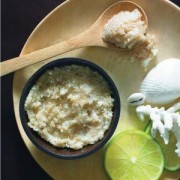
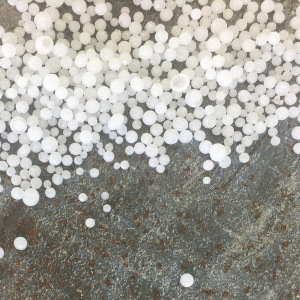
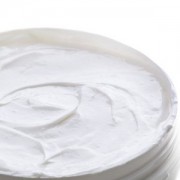





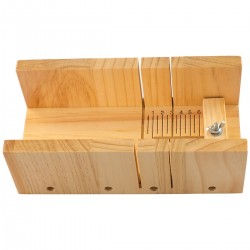

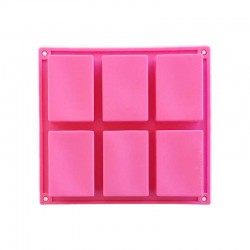
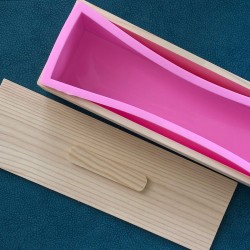
Leave a comment